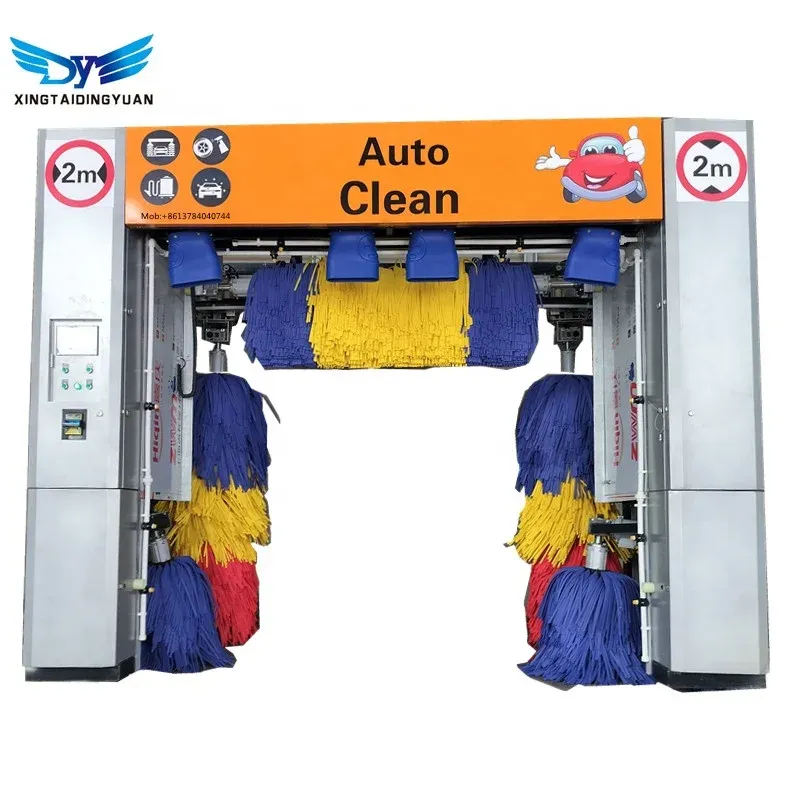
- Afrikaans
- Albanian
- Amharic
- Arabic
- Armenian
- Azerbaijani
- Basque
- Belarusian
- Bengali
- Bosnian
- Bulgarian
- Catalan
- Cebuano
- Corsican
- Croatian
- Czech
- Danish
- Dutch
- English
- Esperanto
- Estonian
- Finnish
- French
- Frisian
- Galician
- Georgian
- German
- Greek
- Gujarati
- Haitian Creole
- hausa
- hawaiian
- Hebrew
- Hindi
- Miao
- Hungarian
- Icelandic
- igbo
- Indonesian
- irish
- Italian
- Japanese
- Javanese
- Kannada
- kazakh
- Khmer
- Rwandese
- Korean
- Kurdish
- Kyrgyz
- Lao
- Latin
- Latvian
- Lithuanian
- Luxembourgish
- Macedonian
- Malgashi
- Malay
- Malayalam
- Maltese
- Maori
- Marathi
- Mongolian
- Myanmar
- Nepali
- Norwegian
- Norwegian
- Occitan
- Pashto
- Persian
- Polish
- Portuguese
- Punjabi
- Romanian
- Russian
- Samoan
- Scottish Gaelic
- Serbian
- Sesotho
- Shona
- Sindhi
- Sinhala
- Slovak
- Slovenian
- Somali
- Spanish
- Sundanese
- Swahili
- Swedish
- Tagalog
- Tajik
- Tamil
- Tatar
- Telugu
- Thai
- Turkish
- Turkmen
- Ukrainian
- Urdu
- Uighur
- Uzbek
- Vietnamese
- Welsh
- Bantu
- Yiddish
- Yoruba
Effective Pressure Washer Techniques for Spotless Car Cleaning and Maintenance
The Ultimate Guide to Car Cleaning with a Pressure Washer
When it comes to maintaining the aesthetic appeal and longevity of your vehicle, cleanliness plays a critical role. Over time, cars accumulate dirt, grime, and various contaminants that can damage the paint and overall finish. One of the most effective methods for keeping your car pristine is using a pressure washer. This powerful tool makes the task of car cleaning not only efficient but also enjoyable. In this article, we will explore how to effectively use a pressure washer for cleaning your vehicle.
Understanding Pressure Washers
A pressure washer is a device that uses a high-pressure stream of water to remove dirt and debris. Generally, they come equipped with various nozzles and attachments for different cleaning tasks. For car cleaning, it is essential to choose a pressure washer that operates at a lower PSI (pounds per square inch), typically between 1200 to 1900 PSI. This range is powerful enough to clean effectively without risking damage to the paint or sensitive components of your vehicle.
Preparation is Key
Before you start washing your car, it’s crucial to prepare both your vehicle and your pressure washer. Here’s a simple checklist you can follow
1. Gather Supplies You will need a pressure washer, specific car wash soap, a soft brush or sponge, microfiber towels, and a bucket.
2. Choose the Right Location Park your car in a shaded area to prevent soap and water from drying too quickly, which can cause streaks.
3. Rinse the Car Start by rinsing your vehicle with plain water to remove loose dirt and debris. This initial rinse helps prevent scratching the car's surface during the washing process.
Washing Your Car
car cleaning pressure washer

1. Apply Soap Dilute the car wash soap according to the manufacturer’s instructions. Use a foam cannon attachment or a spray nozzle to apply the soap evenly across the vehicle’s surface. Starting from the top and working your way down ensures that dirt flows downwards and does not accumulate on cleaned areas.
2. Agitate the Dirt After applying soap, use a soft brush or sponge to gently scrub the car, paying extra attention to areas that tend to collect more debris, such as wheel wells and lower panels.
3. Pressure Wash Once you’ve agitated the dirt, it’s time to rinse it off with the pressure washer. Use a 25-degree nozzle to avoid damaging the paint. Keep the nozzle at least 2 feet away from the surface and rinse thoroughly, ensuring all soap and dirt are removed.
Post-Wash Steps
1. Dry the Car After rinsing, it’s essential to dry your vehicle to prevent water spots. Use a clean microfiber towel or a chamois to gently remove excess water.
2. Inspect and Wax Once your car is dry, take a moment to inspect the paintwork for any remaining dirt or imperfections. Consider applying a wax or sealant to protect the finish and enhance its shine.
3. Clean the Wheels Don’t forget about the wheels! Using a dedicated wheel cleaner and brush, pressure wash your wheels to remove brake dust and grime.
Final Thoughts
Using a pressure washer for car cleaning can significantly reduce the effort and time it takes to keep your vehicle looking its best. However, it’s vital to exercise caution and select the right settings to avoid damaging your car. By following these guidelines, you can enjoy the benefits of a sparkling clean vehicle while maintaining its value and appearance. Happy washing!
-
Integrating Aqua Tunnel Car Wash in Shopping CentersNewsJun.24,2025
-
Gas Station with an Auto Car Wash MachineNewsJun.24,2025
-
Efficiency in Your Aqua Tunnel Car Wash: Power & Water-SavingNewsJun.24,2025
-
Car Wash Business with Advanced Auto Car Cleaning MachinesNewsJun.24,2025
-
Balancing Setup Costs with Aqua Tunnel Car WashNewsJun.24,2025
-
Aqua Tunnel Car Wash: Eco-Design for the Energy-Savvy EntrepreneurNewsJun.24,2025



